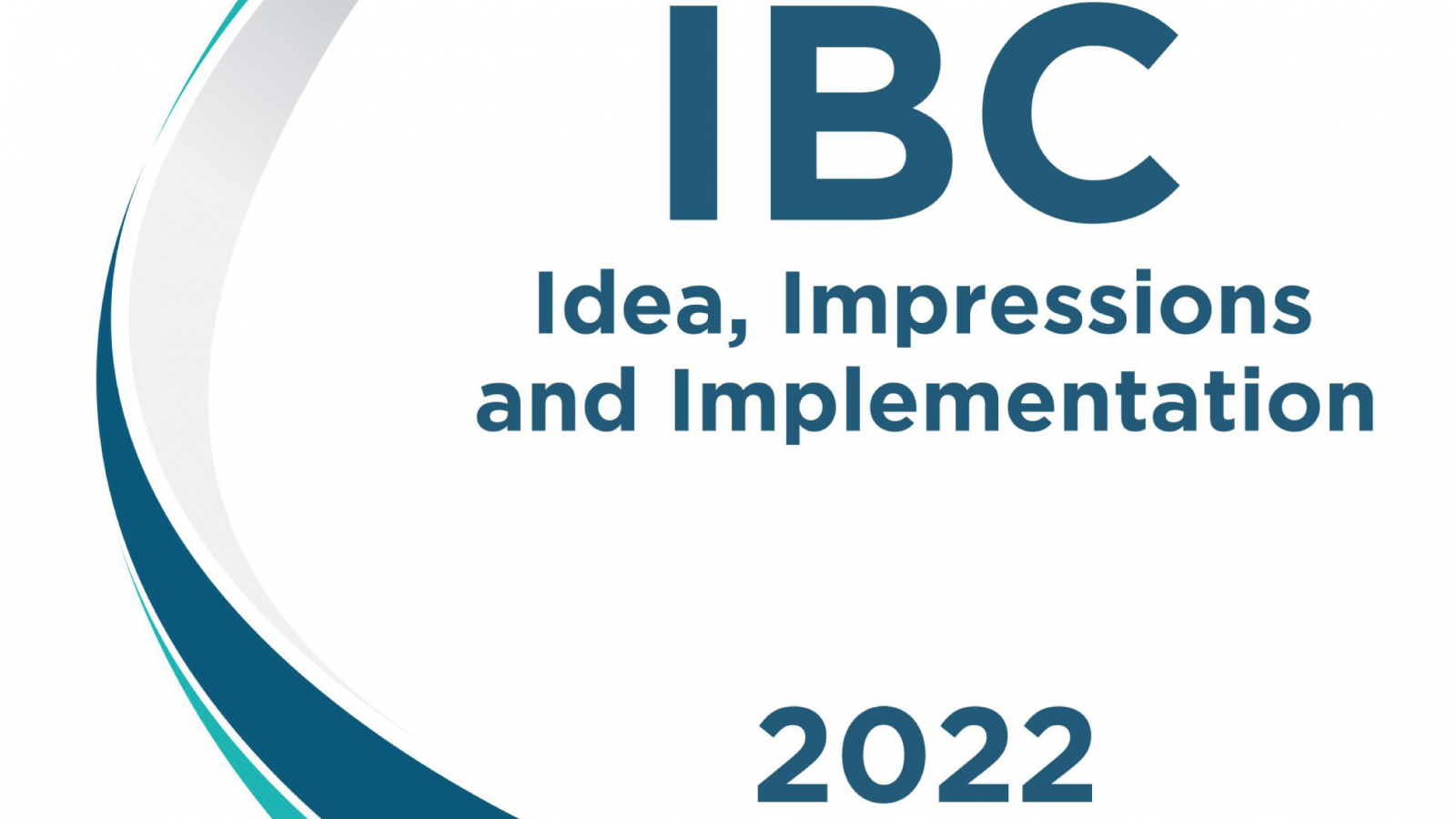
Resolving the NPA Crisis: Some Action Points for Reform
A Briefing Report Submitted to the Reserve Bank of India
The problem of mounting Non-Performing Assets (NPAs) in the Indian banking sector may be attributable to several factors. As per anecdotal evidence, certain bad practices on both the debtor and creditor sides, such as weak monitoring by banks, delayed intervention, and inefficient attempts at restructuring, had further aggravated the NPA crisis.
This report, while evaluating the extent of the NPA crisis in India in 2014, adopted a multi-pronged approach to address a host of such demand and supply side issues and suggested measures to counter such practices, which may have directly or indirectly contributed to the problem.
In specific chapters, the report evaluated and made appropriate recommendations regarding certain monitoring and compensation models that may be implemented by Indian banks, complemented by appropriate sanctions by the Reserve Bank of India in cases of non-compliance. It also examined out-of-court mechanisms for restructuring and suggested measures for making them more effective in line with certain international approaches. In order to recommend solutions to the legal bottlenecks affecting recovery mechanisms, the Report examined the implementation of the Securitisation and Reconstruction of Financial Assets and Enforcement of Security Interest Act, 2002, and the Recovery of Debts Due to Banks and Financial Institutions Act, 1993, and provided recommendations for making the system more robust. It also suggested measures for improving the functioning of Debt Recovery Tribunals and maximising recoveries. In addition to the above, this report also analysed issues, which though not directly linked to the NPA problem, offered opportunities for mitigating the NPA crisis and preventing re-occurrences in the future.
Among other measures, the report recommended a special recovery mechanism that allowed lenders to convert their debts into equity. This was implemented by the RBI in the form of the ‘Strategic Debt Restructuring Scheme’




